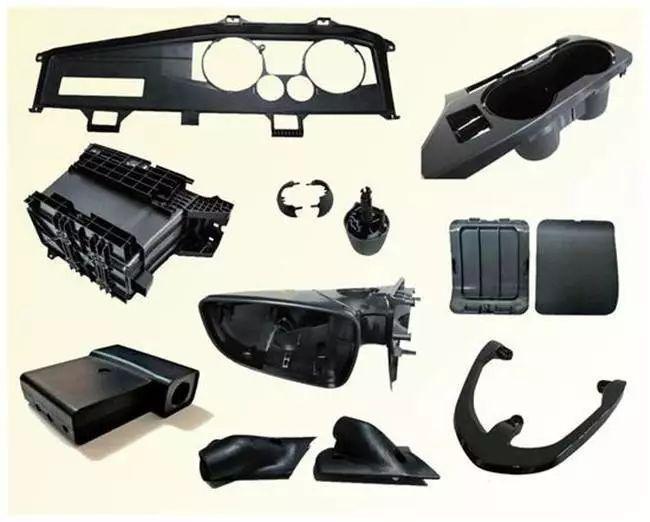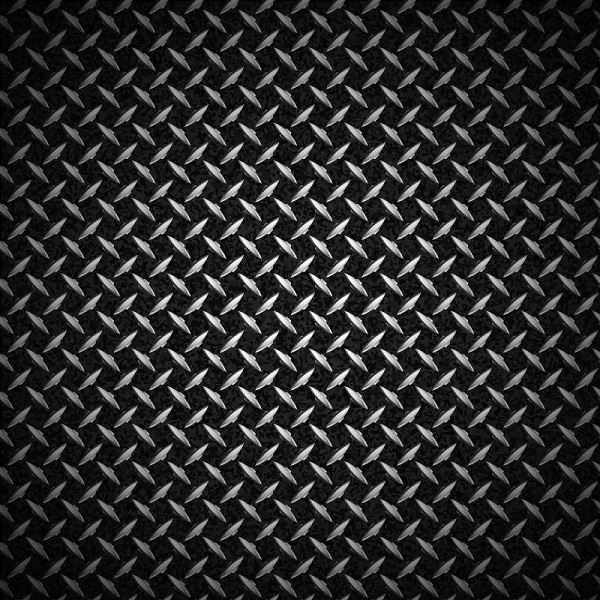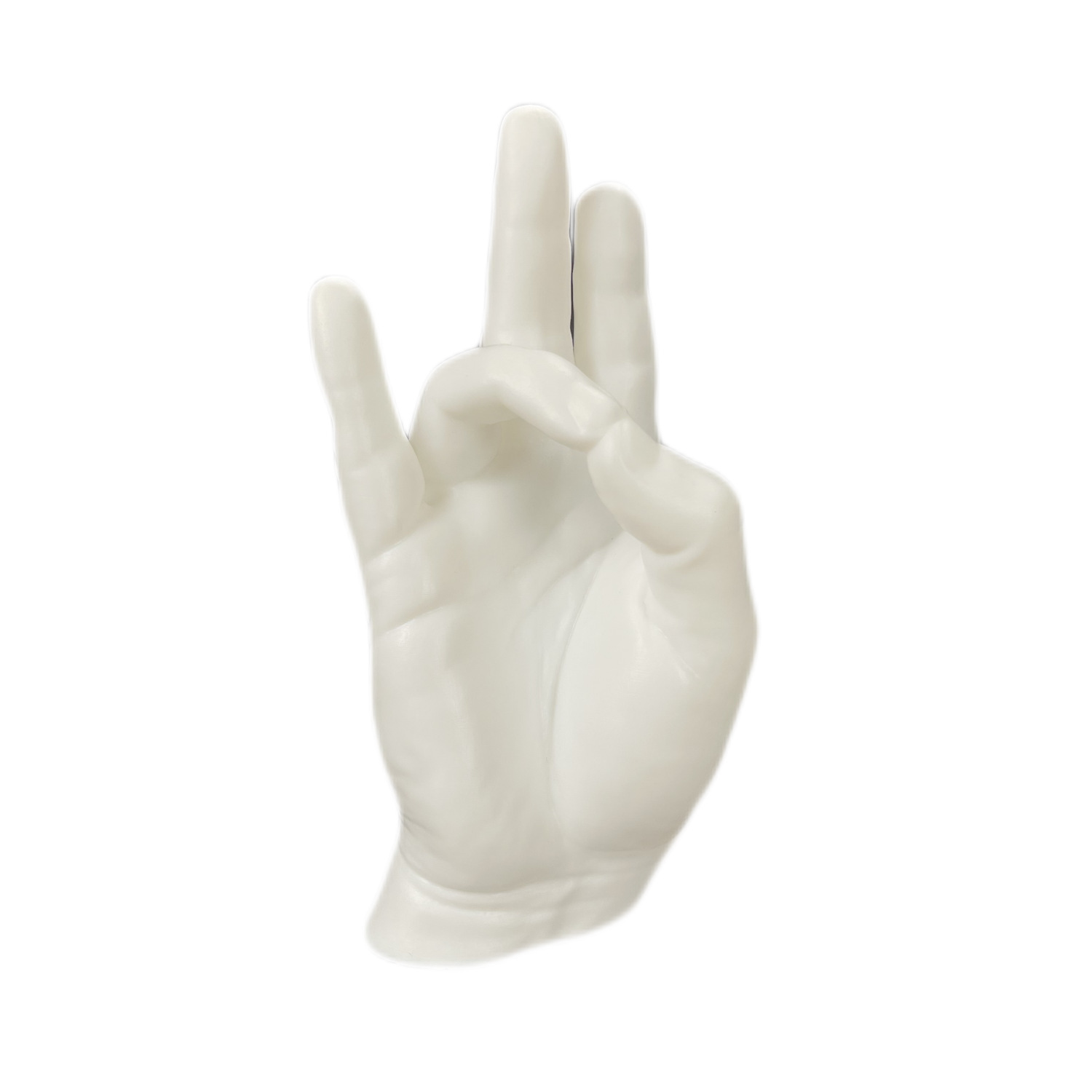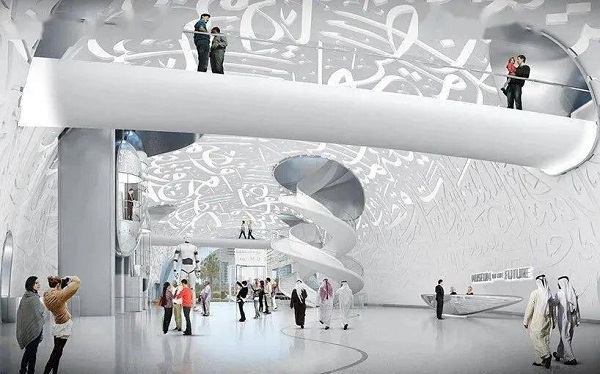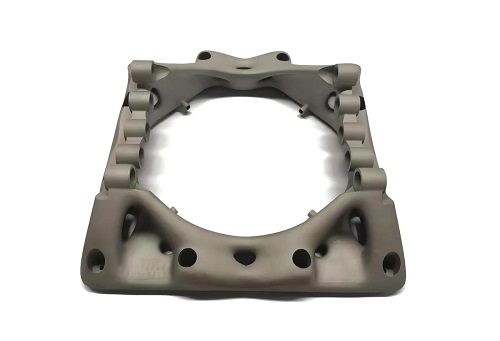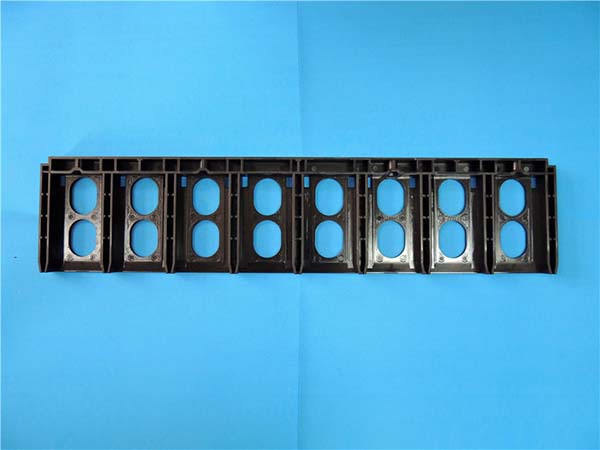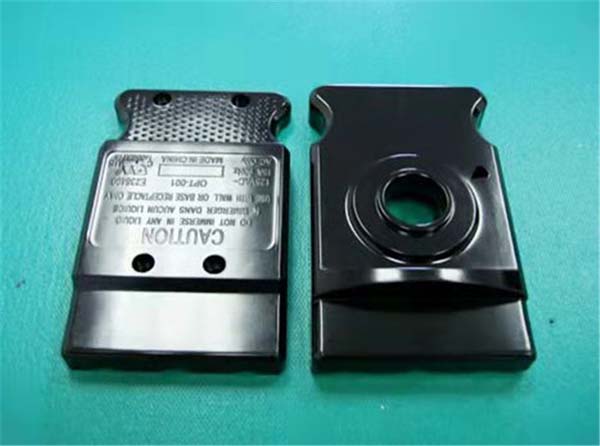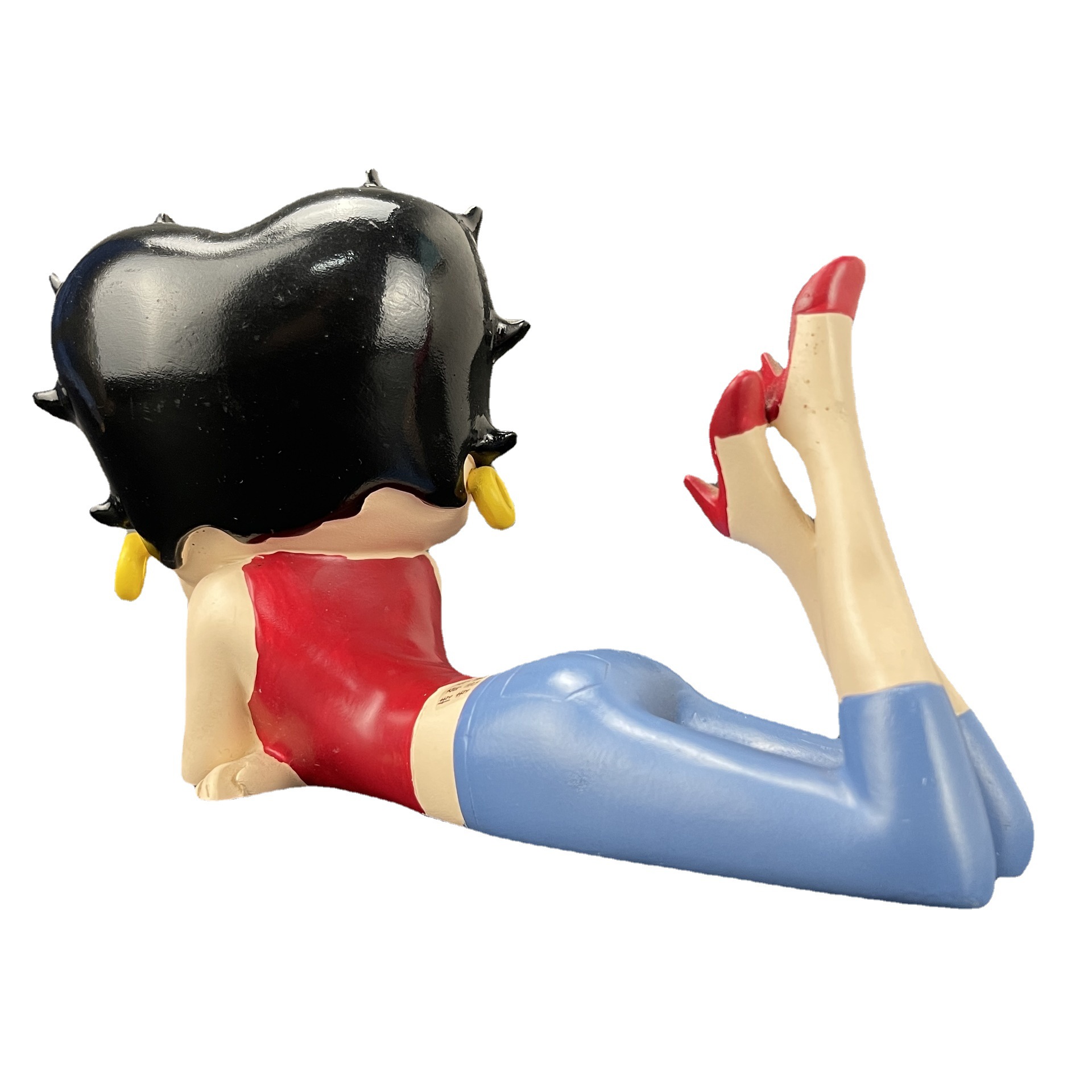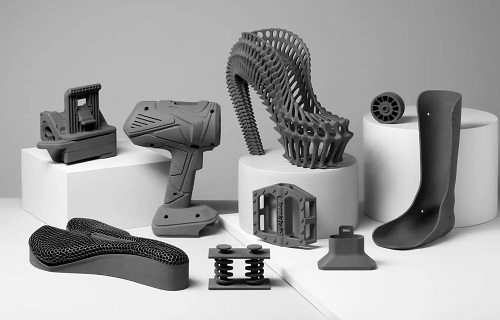What is Vat Photopolymerization 3D Printing?
Vat photopolymerization 3D printing, also known as stereolithography (SLA) in some cases, is an additive manufacturing process that selectively cures liquid photopolymer resins into solid objects using light. It belongs to the family of 3D printing technologies and has been a pioneer in the field since its development.
The Working Principle
At its core, the process begins with a vat filled with a liquid photopolymer resin. This resin is sensitive to specific wavelengths of light, usually ultraviolet (UV) light. A digital 3D model of the object to be printed is sliced into thin cross - sectional layers by specialized software.
For each layer, a light source, such as a UV laser or a digital light processing (DLP) projector, projects the pattern of that layer onto the surface of the liquid resin in the vat. When the light hits the resin, it initiates a chemical reaction called photopolymerization. In this reaction, the monomers in the resin bond together to form long polymer chains, solidifying the resin in the areas exposed to light.
After the first layer is cured, the build platform (on which the object is being built) is lowered by a small distance, typically in the range of 25 - 100 micrometers, depending on the desired print resolution. A new layer of liquid resin then flows over the previously cured layer, and the process of light projection and curing is repeated for the next layer. This layer - by - layer construction continues until the entire 3D object is formed.
For example, in a dental application, a dentist might use vat photopolymerization 3D printing to create a custom - fit dental crown. First, a 3D scan of the patient's tooth is taken, which is then converted into a digital 3D model. The model is sliced, and the printer cures the resin layer by layer, creating a highly detailed and accurate dental crown that can be used for restoration.
How Does Vat Photopolymerization 3D Printing Work?
Step - by - Step Process
- Model Slicing
- First, the 3D model, which can be created using CAD (Computer - Aided Design) software or obtained from a 3D scanner, is processed by slicing software. This software divides the 3D model into numerous thin horizontal layers. For instance, if you are printing a small figurine, the slicing software might create hundreds of layers, each as thin as 0.05 mm. The slicing process generates a set of 2D cross - sectional images, with each image representing a single layer of the final 3D object. These 2D images contain all the geometric information necessary to build that particular layer.
- Exposure and Curing
- Once the model is sliced, the printer's light source comes into action. In SLA printers with a UV laser, the laser beam traces the pattern of the first layer onto the surface of the liquid photopolymer resin in the vat. In DLP - based printers, a DLP projector projects the entire 2D image of the layer onto the resin. When the UV light hits the resin, it causes the photopolymerization reaction. Monomers in the resin start to bond together, transforming the liquid resin into a solid state in the exposed areas. The curing time for each layer can vary depending on the type of resin and the power of the light source, usually ranging from a few seconds to a minute.
- Layer - by - Layer Stacking
- After the first layer is cured, the build platform is lowered by a distance equal to the thickness of a single layer. A recoating mechanism, such as a wiper blade or a gravity - based flow system, spreads a new layer of liquid resin over the previously cured layer. Then, the light source exposes and cures the next layer, adhering it to the previous one. This process repeats until the entire 3D object is constructed layer by layer. As shown in the figure below, the object gradually takes shape from the bottom up.
Key Components Involved
- Light Source
- UV Laser: In SLA printers, UV lasers are commonly used. They offer high precision as they can accurately trace the layer patterns. Lasers can have different wavelengths, with 405 nm being a popular choice for many consumer - grade and professional SLA printers. The advantage of a laser is its ability to focus on small areas, enabling high - resolution prints with features as small as 50 micrometers.
- DLP Projector: DLP - based vat photopolymerization printers use DLP projectors. These projectors can project the entire 2D layer image at once, which can significantly speed up the printing process compared to laser - based systems. DLP projectors are often used in applications where speed is a priority, such as in rapid prototyping for large - scale products.
- Resin Vat
- The resin vat holds the liquid photopolymer resin. It is usually made of a material that is transparent to the wavelength of light used for curing, such as acrylic or a specialized fluoropolymer. The size of the resin vat determines the maximum build volume of the printer. For example, a small desktop SLA printer might have a resin vat with dimensions of 100 x 100 x 150 mm, while an industrial - scale printer could have a vat large enough to print objects several meters in size.
- Build Platform
- The build platform is where the 3D object is constructed. It can be lowered and raised precisely during the printing process. The surface of the build platform is designed to ensure good adhesion of the first layer of cured resin. Some build platforms are made of materials like aluminum with a special coating to enhance adhesion, while others may use magnetic or vacuum - based systems to hold the printed object in place during the printing process.
Comparison with Other 3D Printing Methods
Vat photopolymerization 3D printing has its own unique characteristics when compared with other common 3D printing methods such as Fused Deposition Modeling (FDM) and Selective Laser Sintering (SLS). The following table shows a detailed comparison:
| Comparison Items | Vat Photopolymerization (SLA/DLP) | FDM | SLS |
| Precision | High. Layer thickness can be as low as 25μm, and the minimum feature size is between 50 - 250μm. Ideal for creating high - detail objects with fine features like small intricate jewelry or dental models. | Moderate. Limited by the nozzle diameter, usually with a layer thickness of 0.1 - 0.4mm. Less suitable for very fine details. | High, but generally not as high as vat photopolymerization in terms of the smallest feature size achievable. Can create complex geometries with good precision. |
| Speed | Generally slower as each layer needs to be carefully cured. For example, a small object with hundreds of layers may take several hours to print. DLP - based systems are faster as they project the whole layer at once. | Relatively faster in terms of the overall time to complete a simple object, especially for large - scale, low - detail prints. The extrusion process can be quick for large layers. | Medium - speed. The laser - sintering process for each layer takes time, but it can print multiple parts simultaneously in a powder bed. |
| Material Cost | Higher. Resins are often more expensive than FDM filaments or SLS powders. Some specialized resins for specific applications like dental or jewelry casting can be particularly costly. | Lower. Filaments such as PLA, ABS, and PETG are relatively inexpensive, especially when purchased in bulk. | High. SLS powders, especially high - performance polymers or metal powders, are costly. |
| Equipment Cost | Medium - high. Desktop - level vat photopolymerization printers can start from a few hundred dollars, while industrial - grade ones can cost tens of thousands of dollars. | Low - medium. Desktop FDM printers are very affordable, often starting from less than $200, and high - end models can be a few thousand dollars. | High. Industrial SLS printers are expensive due to the need for high - power lasers and advanced safety features, often costing hundreds of thousands of dollars. |
| Applicable Materials | Liquid photopolymer resins, including standard, flexible, tough, and specialized resins for specific applications like casting and dental use. | A wide variety of thermoplastics such as PLA, ABS, PETG, TPU, and even some composites with added materials like carbon fiber or wood fiber. | Powders of polymers (e.g., nylon), metals, and ceramic - metal composites. |
For example, if you need to print a small, highly detailed figurine with smooth surfaces, vat photopolymerization would be a better choice than FDM due to its higher precision. However, if you are printing large, simple - shaped structural parts, FDM might be more cost - effective in terms of both material and equipment costs. SLS is a good option when you need to print strong, complex - shaped parts in materials like nylon, but the high cost of both equipment and materials may limit its use in some cases.
Yigu Technology's View
As a non - standard plastic metal products custom Supplier, Yigu Technology believes that vat photopolymerization 3D printing has significant advantages in manufacturing complex - structured plastic components. It enables designs that are difficult to achieve with traditional manufacturing processes, such as intricate internal structures and complex geometries. This technology will play a more significant role in small - batch and customized production in the future. However, challenges like material limitations and high costs still exist. For example, the variety of available photopolymer resins is relatively limited compared to traditional plastics, and the cost of resins remains high. These issues require the joint efforts of the entire industry to solve.
FAQ
What types of materials are commonly used in vat photopolymerization 3D printing?
Common materials used in vat photopolymerization 3D printing are various liquid photopolymer resins. Standard resins offer good general - purpose properties, with high accuracy and smooth surface finishes. They are suitable for creating prototypes and models. Flexible resins, on the other hand, can produce parts with rubber - like elasticity, which is useful for applications such as making soft grips or flexible joints. Tough resins are designed to have high mechanical strength, making them ideal for functional parts that need to withstand stress. Specialized resins include dental resins for creating dental models, prosthetics, and orthodontic appliances, and casting resins that are formulated for investment casting processes, allowing the creation of metal parts from 3D - printed resin molds.
How accurate is vat photopolymerization 3D printing?
Vat photopolymerization 3D printing is highly accurate. The layer thickness can range from as low as 25μm up to 100μm in some cases. The minimum feature size that can be achieved is typically between 50 - 250μm. However, the accuracy can be affected by several factors. The quality of the light source, for example, a more precise laser or a high - resolution DLP projector, can improve accuracy. The type of resin also plays a role; some resins may shrink slightly during curing, which can affect the final dimensions of the printed object. Additionally, the calibration of the printer and the stability of the build platform during the printing process can impact the overall accuracy.
Is the post - processing of vat photopolymerization 3D printed objects complicated?
The post - processing of vat photopolymerization 3D printed objects involves a few steps. First, the printed object needs to be removed from the build platform, which is usually a straightforward process but may require some care to avoid damaging the delicate parts. Then, it must be cleaned to remove any uncured resin. This can be done by rinsing the object in a suitable solvent, such as isopropyl alcohol. After cleaning, the object often needs to be cured further under a UV light source to ensure complete polymerization. The complexity of post - processing depends on the complexity of the printed object. For simple objects, post - processing may take only about 15 - 30 minutes. But for highly detailed or large objects with hard - to - reach areas, it can be more time - consuming and may require additional techniques to ensure thorough cleaning and curing, potentially taking up to an hour or more.
